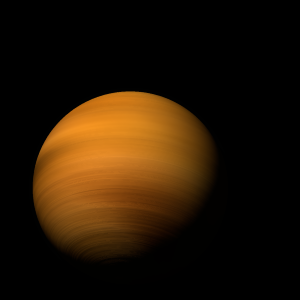|
|
Space Astro
|
Info for exoplanet "Ycugari'xe"
| Scientific (actual) data |
|---|
| Name | GJ 581 b |
| Planet status | Confirmed |
| Planet mass | 0.0645 |
| Mass sini | 0.04782 |
| Orbital period | 5.368 |
| Semi major axis | 0.041 |
| Orbit eccentricity | 0.022 |
| Inclination | 47 |
| Angular distance | 0.006602 |
| Discovered | 2005 |
| Updated | 2024-07-17 |
| Omega | 118.3 |
| Publication | Published in a refereed paper |
| Detection type | Radial Velocity |
| Mass measurement type | Radial Velocity |
| Star name | GJ 581 |
| Right ascension | 229.86° |
| Declination | -7.72° |
| Mag v | 10.55 |
| Star distance | 6.21 |
| Star metallicity | -0.135 |
| Star mass | 0.31 |
| Star radius | 0.3 |
| Star sp type | M2.5V |
| Star age | 8 |
| Star temperature | 3498 |
| Star detected disc | Imaging |
| Star alternate names | HO Lib |
| Wikipedia article | GJ 581 b |
Back
| |
| Fictional info (?) |
|---|
| Suggested name | Ycugari'xe |
| Planet type | Small hot gas planet |
| . |
| Atmosphere | Hydrogen peroxide | 56% |
| Carbon monoxide | 17% |
| Oxygen | 14% |
| Molecular hydrogen | 9.2% |
| Carbonyl sulfide | 2.5% |
| Helium | 0.44% |
| Atmospheric pressure | 13 bar |
 |
| No known satellites |
| Google search for Ycugari'xe |
|
Website by Joachim Michaelis
|
|
|
|